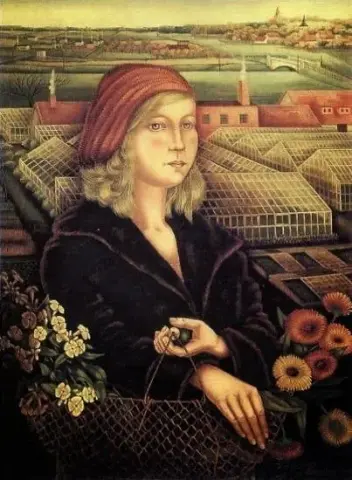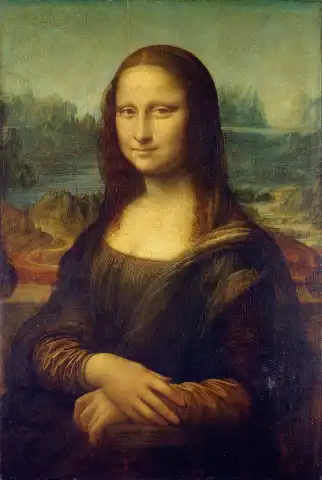

Hand painted reproductions of Grethe Jurgens
Grethe Jürgens: Leader of New Objectivity Art
Grethe Jürgens stands as a key German painter of the New Objectivity movement. Her sharp, realistic works, like the iconic Frisierpuppen, capture the essence of 1920s life. Grethe Jürgens reproductions bring her unique vision to art lovers today.
Early Life and Artistic Beginnings
Grethe Jürgens was born February 15, 1899, in Holzhausen, Germany. She grew up in Wilhelmshaven after her teacher father moved the family in 1900. In 1918, she began architecture studies in Berlin at Technische Hochschule but left due to the November Revolution. She then studied at Hanover’s School of Arts and Crafts from 1919 to 1922 under Fritz Burger-Mühlfeld. This training shaped the style seen in Grethe Jürgens reproductions.
Artistic Development and Style
Jürgens embraced New Objectivity in the 1920s, rejecting Expressionism for cool, precise realism. Her painting Frisierpuppen from 1927 shows hair salon mannequins with stark detail and muted tones, reflecting her focus on everyday scenes. She worked as a draftswoman in Hanover from 1923 to 1927, refining her skills. Her art, blending French influences like Henri Rousseau with German clarity, makes Grethe Jürgens reproductions a standout in modernist collections.
Themes and Significance
Jürgens painted ordinary people and places, from workers to landscapes. Frisierpuppen captures the era’s social mood, showing lifeless yet striking figures in a salon setting. Her work, rooted in Hanover’s art scene, offers a raw look at 1920s life. This timeless quality drives demand for Grethe Jürgens reproductions among those who value historical art.
Achievements and Influence
Jürgens co-edited Der Wachsbogen magazine from 1931 to 1932, promoting New Objectivity ideas. She exhibited in 1932 at Brunswick’s Herzog Anton Ulrich Museum and had a solo show in Cologne in 1933. Later, she illustrated books and covers. A 1951 retrospective at Hanover’s Wilhelm Busch Museum honored her career. Her influence on realist painters endures, boosting interest in Grethe Jürgens reproductions.
Legacy
Grethe Jürgens died May 8, 1981, in Hanover. Her art, including Frisierpuppen, lives on as a testament to her skill and vision. Held in private collections and the Sprengel Museum, her works inspire through Grethe Jürgens reproductions, preserving her New Objectivity legacy.
Where to Find Grethe Jürgens Reproductions
Painting On Demand offers high-quality Grethe Jürgens reproductions. Frisierpuppen and other classics like Employment Exchange are available to bring her 1920s realism home. Order now to own a piece of this German artist’s history.
Imagine owning an original work of art by Grethe Jurgens, one of the greatest artists in history. At POD we offer you the opportunity to make this dream come true. We reproduce Grethe Jurgens's works down to the smallest detail, so you can enjoy them in your own home.
Our reproductions are made by experienced artists who use the best materials and techniques. We are dedicated to providing you with the highest quality works of art, which will bring joy and inspiration to your family for generations.





